Overlaying an existing patio or concrete hardstanding with artificial grass is becoming increasingly popular. There is usually no need for a major dig or screeding work, as it’s quicker than landscaping from scratch and really brightens up a tired and dated area of the garden. Best of all, it’s cost-effective - even opting for one of our premium artificial grasses can work out easier on the pocket!
Tools & Equipment Required to Lay Artificial Grass On Concrete:
- Sharp knife and spare blades
- Tape measure and/or straight edge
- Spirit level
- Shovel
- Joining tape (e.g. Envirostik)
- Artificial grass adhesive (e.g. Envirostik)
- Gloves and knee pads (or a garden cushion)
- Stiff broom
- Compactor plate or roller
- Your chosen artificial grass
- Good quality foam underlay
Now you know which tools and equipment are required to lay artificial grass on concrete, here are some of the best practices for surface preparation and what key elements to look out for:
- Surface cracks & damaged areas
- Drainage
- Levels
- Loose or uneven pavers
Let's go into more detail on some of the above best practices:
Surface Cracks & Damaged Areas:
The condition of your surface is the most important factor when laying artificial grass.
Cracks of less than 15mm wide can be filled with mortar or an epoxy resin, while cracks greater than 15mm may need to be dug out and repaired as there is likely to be problems with the base causing movement.
If there is an area of damaged concrete (possibly from something being dropped on the surface) this area should be cut out and levelled with a strong mortar mix or self-levelling compound.
If there are any wobbly/uneven slabs, flags, or pavers, these should be lifted and re-set.
Is the surface even?
Often, concrete hard standings are laid in sections; occasionally, a section may settle lower or differently from others. A self-levelling compound can be used to correct this.
Small undulations on the surface shouldn't be an issue; however, it should be noted they may be visible through the artificial grass once laid if not repaired at this stage.
Drainage:
Good drainage is essential. If there are areas of hardstanding that hold large puddles, holes can be drilled, or small channels cut in the surface, to allow the water to drain effectively.
How to Lay Artificial Grass on Concrete?
A clean surface is required. Pressure washing is great if you have one available, but a stiff brush and even a leaf blower will work to clear debris. Any stubborn moss should also be scraped.
Once the surface has been cleaned and dried out, the shock pad can be laid. A shock pad is a foam material that is lightweight and easy to cut and shape with a sharp knife. The shock pad will act as a cushion between the artificial grass and hard standing and allow for drainage.
The shock pad can be glued to the surface with artificial grass adhesive. Depending on how the area will be used will determine the amount of adhesive required. A light use area should be fine with spot-fixing; if the area will have high footfall or has been used for lots of activities, then consider a fuller bed of adhesive. Be mindful of drainage when applying adhesive - do not use adhesive in an area where it may prevent drainage.
Once the underlay is secure, roll out the artificial grass with the pile in the preferred direction. For the best presentation, you should be looking into the pile from your most common vantage point. Usually, this is the view from inside your house, since this is the most common view of the grass most of us in the UK have! It’s a good idea to roll the artificial grass out the day before you plan to lay it, if the temperature is reasonable this will help it settle and soften which should make cutting and shaping easier.
When cutting the artificial grass always use a sharp blade and cut from the back of the grass between the stitch lines. Once cut the artificial grass can be glued to the shock pad to secure it in place. Again, be mindful not to cover drainage points with the adhesive. Pay attention to the instructions with your glue and let the adhesive dry according to the manufacturer’s guidelines before use.
How to Join Artificial Grass:
If you’ve got a large garden (you lucky thing!), you may need to join two pieces of artificial grass together. To do this, you need to buy joining tape and adhesive that is suitable for outdoor use, then follow these simple instructions:
- Unroll your artificial grass into the correct position on the ground
- Line up your two pieces of artificial grass and cut away any excess so the stitching is as close to the new edge as possible – you want to try to recreate the same distance as the stitch pattern in your join, so may need to trim to achieve this
- Offer up the grass and create a dry join to check the fitting
- Roll the joining tape out underneath, as central as possible so that it covers equal amounts of each piece of turf
- Roll the turf back temporarily and apply the adhesive to the tape. Apply in a zigzag fashion and use a spreader to ensure the tape surface is covered evenly
- Work your way down the seam, pushing the two pieces of turf together, making sure you’re not trapping fibres or anything else between the joins
- Once you’re happy with the join, lightly brush over it to seal it and allow it to dry
Now have a cup of tea and admire your new lawn! Artificial grass should last decades with proper installation and care, so have a look at our rather handy artificial grass care guide for our top care tips.
 Log in
Log in







